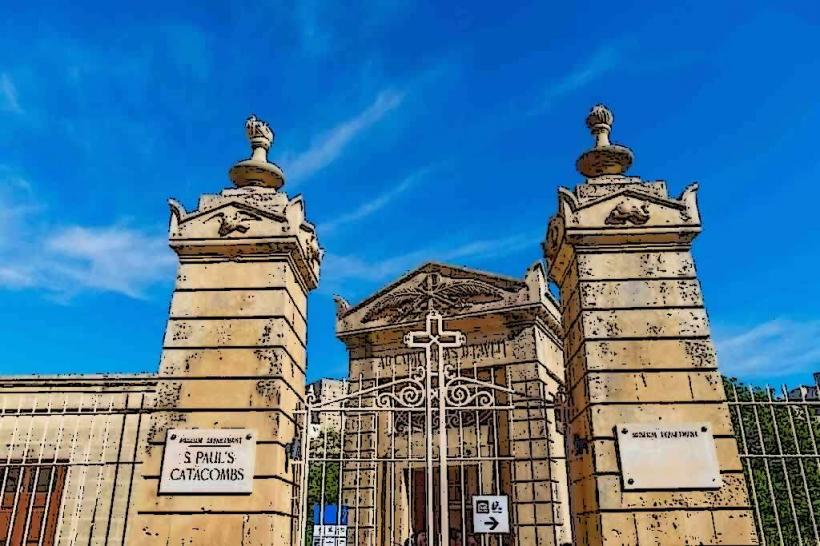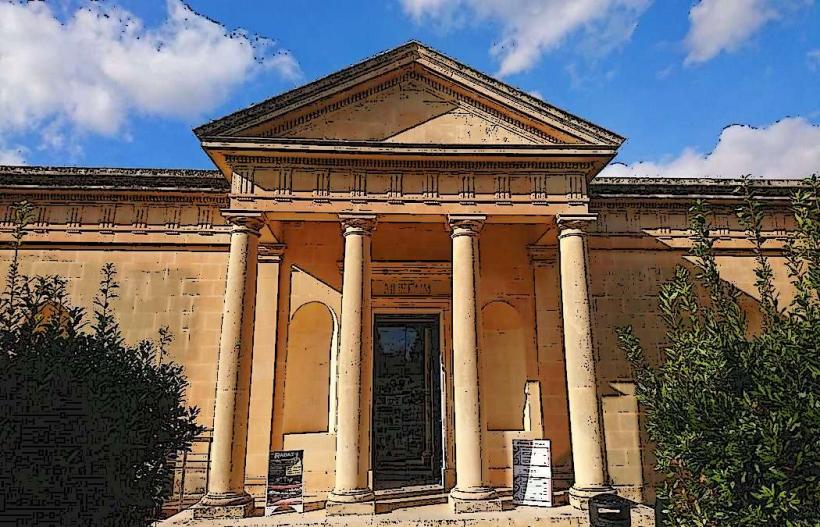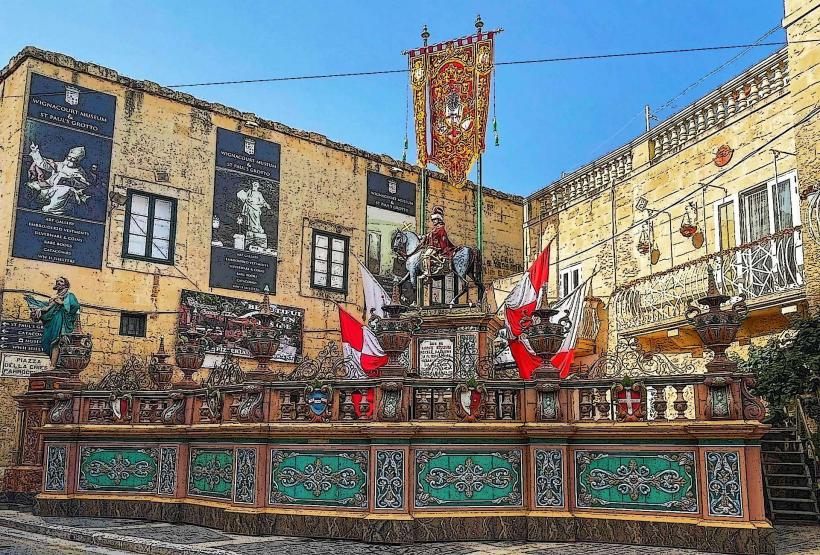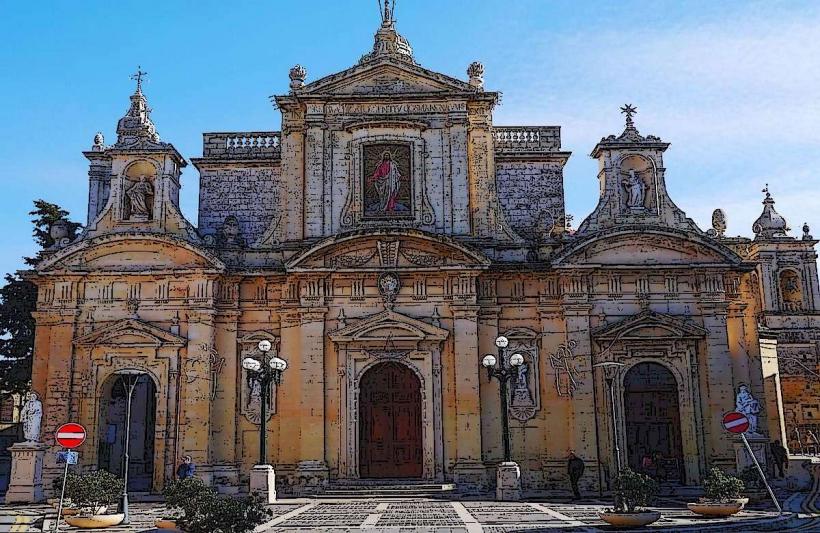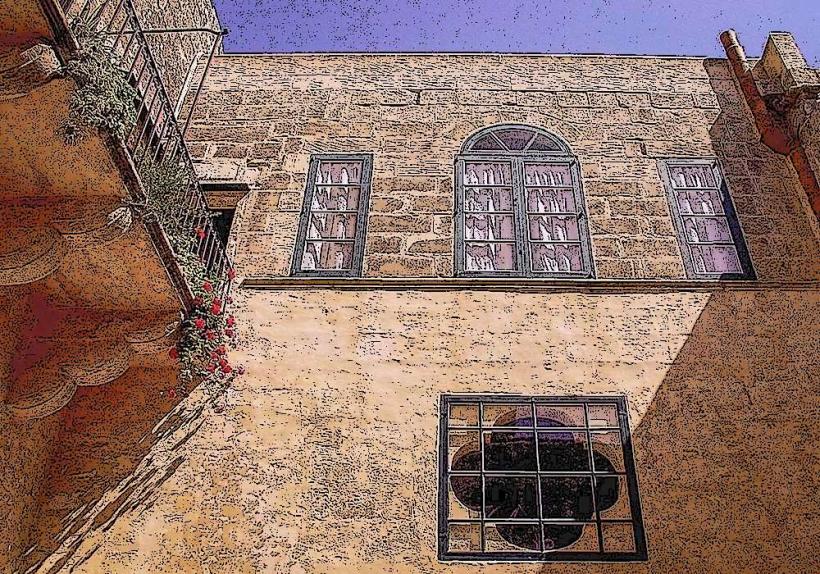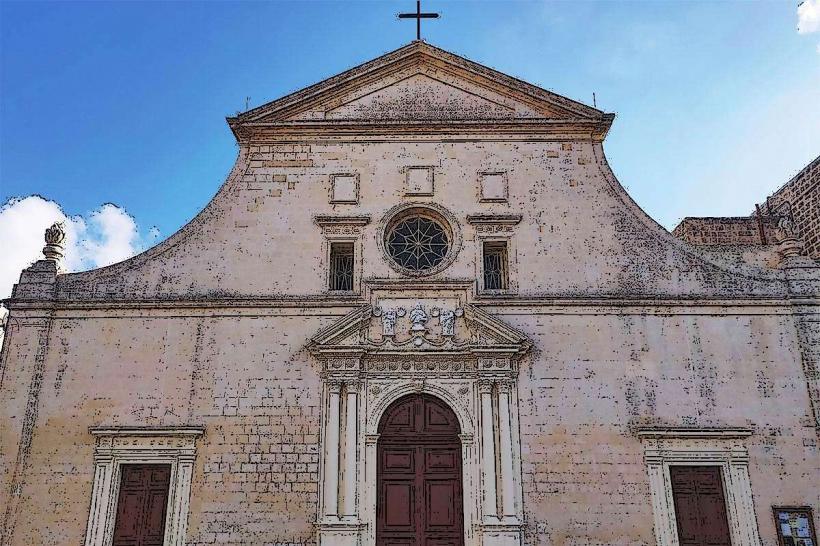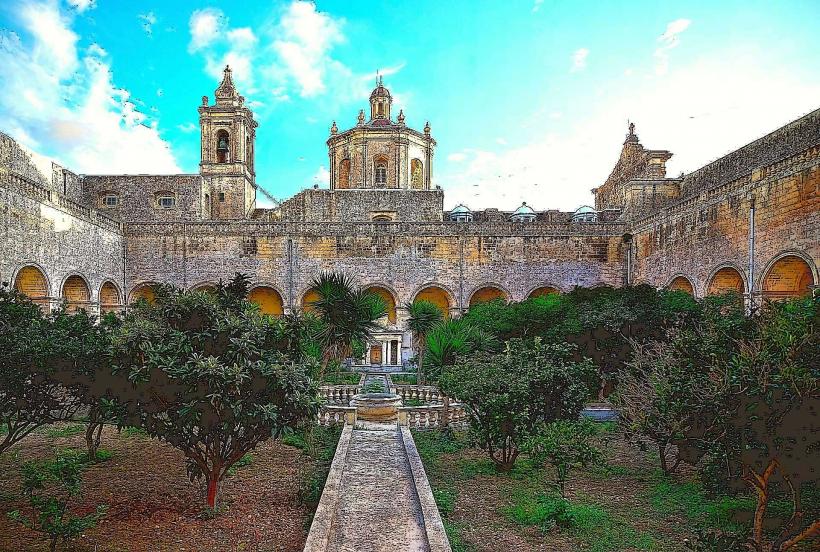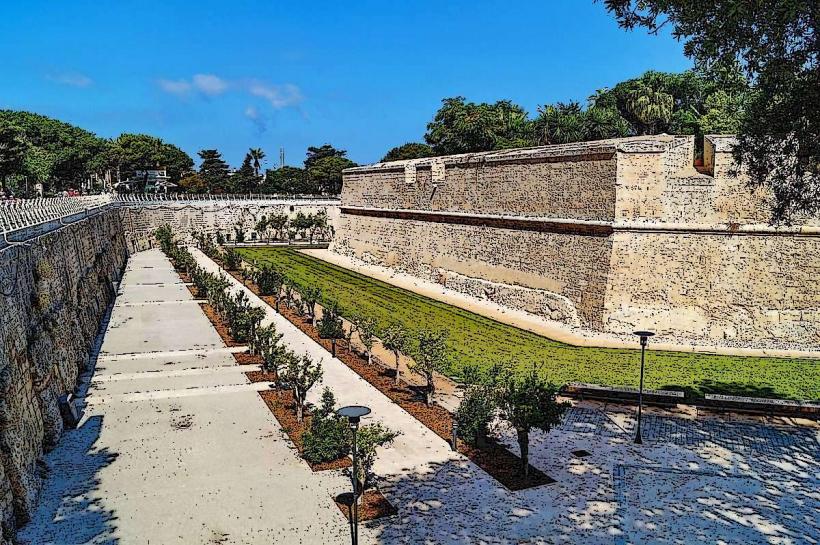Information
Landmark: Ta' Doni WindmillCity: Rabat
Country: Malta
Continent: Europe
The Ta’ Doni Windmill is a historic windmill located in Mġarr, a village in the central part of Malta, close to the northern coast of the island. This 17th-century windmill is one of the several traditional windmills that once dotted the Maltese countryside, playing a crucial role in the agricultural and industrial history of the island.
Historical Background
- The Ta' Doni Windmill was built in the 17th century during the time of the Knights of St. John, who controlled Malta from 1530 to 1798. Windmills like Ta’ Doni were essential for grinding grain into flour, a vital activity for the local economy, particularly in rural areas.
- The mill was part of the infrastructure developed during the rule of the Knights of St. John, who recognized the need for improving agricultural production and food supply across the island.
- Windmills were important because they harnessed the wind power of Malta's natural environment to perform labor-intensive tasks like grain milling without relying on expensive fuel sources or manual labor.
The Windmill’s Structure and Function
- Ta’ Doni Windmill is a traditional Maltese windmill, which was primarily used for grinding wheat and other grains to make flour. The windmill uses a wind-powered mechanism that turns large millstones, which crush the grain between them to produce flour.
- The windmill has a large, circular stone base, which supports the rotating blades that catch the wind. These blades are connected to a system of gears and millstones that grind the grain. The structure is topped with a conical roof and large sail-like blades, which could be adjusted to catch the best wind and maximize the milling process.
- The mill was originally operated by wind, but like many windmills, it was later adapted for use with other power sources, such as electricity or engine power, during the 20th century, especially when the windmills began to decline in use.
Architecture and Design
- The design of the Ta' Doni Windmill follows a traditional Maltese style, with a stone-built structure typical of the era, built to withstand the harsh weather conditions and coastal winds of the island.
- The mill has four sails attached to its top, which are designed to catch the wind from different directions. These sails are made of wood and are an essential part of the windmill's function.
- The windmill is relatively small compared to some of the larger mills found in other parts of Europe, but it represents the simpler, rural design of Maltese windmills that were common in the countryside.
Decline and Preservation
- Over time, the role of traditional windmills like Ta’ Doni declined due to advancements in milling technology and changes in agricultural practices. The rise of modern milling techniques, including electric-powered mills, led to the abandonment of many windmills on the island.
- However, some windmills, including Ta’ Doni, were preserved for historical and cultural purposes. The windmill stands as a symbol of Malta’s agrarian past and its traditional methods of food production.
Visitor Experience
- Ta’ Doni Windmill is an important historical landmark in the area, offering visitors a glimpse into Malta’s rural and agricultural heritage.
- The windmill is often part of local tours around the Mġarr region, which is known for its agriculture and countryside charm. Visitors to the windmill can learn about the role of windmills in Malta’s history, the process of milling grain, and the traditional ways of life for the island's rural communities.
- The windmill is not always open for tours, but it can be viewed from the exterior, and there are information plaques around the area that explain its history and operation.
Location
- Ta' Doni Windmill is located in the village of Mġarr, in the central-north region of Malta. Mġarr is surrounded by fields and rural landscapes, making it a perfect setting for a historic windmill.
- It is easily accessible by car, and the windmill is located near other points of interest in the region, such as the Mġarr Church and the Għar Lapsi area.
Conclusion
The Ta’ Doni Windmill is a historic and iconic structure in Malta, representing the island's rural and agricultural past. Its simple yet functional design, along with its role in grinding grain for flour, makes it an important part of Malta's cultural heritage. Though it is no longer operational, the windmill stands as a monument to the engineering and agricultural ingenuity of the past, offering insight into the everyday life of the Maltese people during the time of the Knights of St. John.

